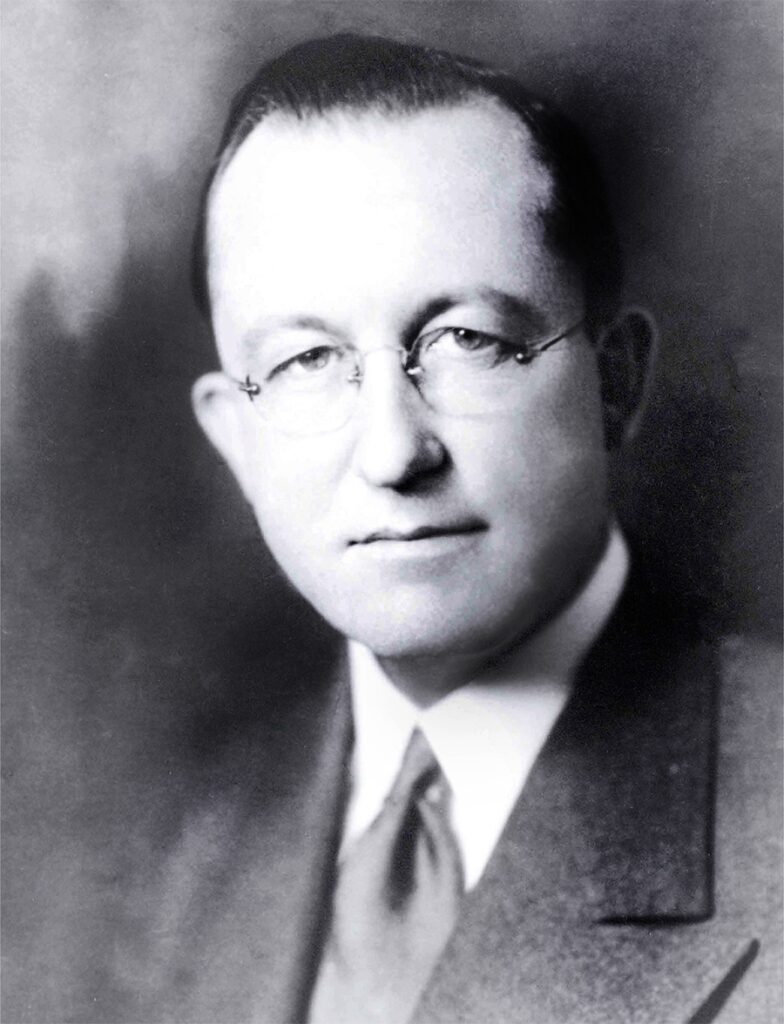Power is what enables you to do things in any organization. No matter what your role is, it is important to understand power and your relationship with it. Power gains even more importance when you raise to a leadership position, because is the tool you will use to channel everyone’s effort in the right direction. How do you get power? How do you exercise it? In this post, we start with the basics – legitimate power. We will understand what that is, and then dive deeper with the best 5 examples of legitimate power to understand it better.
What is Legitimate Power?
Before we can start with the examples of legitimate power, we should start with a simple definition. As you can tell from the name, legitimate power is a power that is legitimated by something else. Specifically, it is the position you hold that legitimates the power.
To be even more specific, remember that power and position are both contextual. In fact, you have power over someone else, and you have a position in relation to someone else. If there was no one else, you would hold no power and no position. For example, at work you are likely to have a boss that have some form of power over you. He may seem the powerful one, but that only relates to you. Everyone has a boss, and your boss makes no exception – when he is with his manager, she will be in the most powerful role – not him.
With this in mind, French and Raven – two famous scholars, exploded legitimate power into three main categories, different flavors:
- Positional power – is the power you simply hold because of your position, your role or job title. Simply because of that, at least some people are likely to listen to what you say and do what you ask.
- Reward power – in some positions you will have direct authority over other people. In that case, beyond mere positional power, you can influence your reports with rewards such as bonuses. This can effectively boost your positional power.
- Coercive power – this is the other side of the coin of reward power. In this case, the position gives you the authority to coerce people to do something, in general with threat of punishment. For example, you may have the authority to rearrange shift, give a negative performance review, or even fire someone.
As you can imagine, these three tend to go together: it will be rare to have one power and not the other two, at least in some form.
The Best 5 Examples of Legitimate Power
1. The Manager at the Office
Now that we are starting with the examples of legitimate power, we can start with the simplest: a manager at the office. Managers are generally tasked to deliver results by coordinating the effort of their reports, other people who do the actual grind. In this context, the role of the manager is specifically to ensure that the rest of the team get things done.
Since the role of the manager is exactly to oversee, we can say he has positional power. Someone decided to place him in that position so that he has the authority and the tools to oversee.
Just by seeing him in a managerial position, his reports will know they need to follow the lead. This may be because they refer the power, they want some rewards or fear some punishment – even if they have no clear idea at this point what rewards or punishments may look like. Even simpler, they may just follow the lead because they know things work that way in a company.
Note that in this situation the authority is crisp clear. Most companies define some sort of organizational chart, so everyone knows where everyone ranks. In other words, the manager knows perfectly who his reports are, and the boundaries of his authority are defined with laser precision. The same is true if we see it with the eyes of the reports: they will know perfectly who the boss is.
Among the examples of legitimate power, this is the one with a clear path to seize it: get promoted. Of course, how to go about that path is a whole different story, it may still be simple, but it will definitely not be easy.
2. The Police Officer
Not all examples of legitimate power refer to the classic corporate ladder. In fact, legitimate power is ubiquitous in everyday life, not just at work. That is the case with the police officer pulling you over for breaching the speed limits or giving you instructions in case of evacuation.
If you are like most people, you will simply follow the instructions of the police officer without many questions. In this case, you might be the CEO or the richest man in the world, but in that context is the police officer who is in charge – not you. Power is always contextual.

You will follow the instructions not because you particularly trust or fear the person who is instructing you. You will have those feelings for the position, the uniform, not the person himself – of which most likely you do not even know the name.
Also in this example, the police officer is in a position of power over you, appointed by the community, the town council or some other authority depending on where you are in the world. In any case, he can wield some coercive power by issuing fines or arresting you, but also reward power by turning a blind eye. Hence, it is a classic example of legitimate power.
Before moving to other examples of referent power, here we can mention an important aspect that is often overlooked: the uniform. Often, it is all it takes to exert some power. That is because people came to quickly associate in their mind the uniform with some form of legitimate power. This is true not only for police officers, but also for medics, airline pilots, or firefighters to name a few. It may be less evident that it is also true that it works for the business suit as well – if you dress up, people will be biased to perceive you as more powerful.
Of course, this works if dressing up is something that makes sense in your work (you will look just dumb frying fries at McDonald’s in a business suit). To that, we need to say that this is just a bias people have, so it is like a “trick”.
3. Your Mom (When You Were a Kid)
This will be one of the most extreme examples of positional power (just joking, but not so much). This does not apply only to your mom but to both your parents. I say that this is one of the most extreme examples of legitimate power because parents hold as much power as it is legally possible over their kid.

As a kid, your parents provided you with food and clothing, and pretty much everything you needed to live. On top of that, they controlled your freedom of movement, being the ones driving you around, and hence most of the entertainment you could get. You can see that this translates into immense reward and coercive power.
While in a normal corporate job your boss can affect your pay and tasks at work, those are only a part of your life. Yes, a significant part, but only a part. With your parents is different, because they have virtually full control over your life, especially as you are a young kid.
With this, we can start to see a pattern – the position does not need to be a corporate title. Circumstances put people il different positions all the time, and sometimes these positions carry some power with them.
4. Expert Consultant
After two examples of legitimate power outside the corporate world, we can dive right back in with the expert consultant. Here I am talking about the strategic consultant, the top guy specialized in something high-profile. To give an example, he could be a consultant specialized in Mergers and Acquisitions from A.T. Kearney or McKinsey.
Now, when you need a strategic consultant you are typically facing some challenges and you want to be told what to do, or at least given some options. Effectively, you and your company are deciding to give away some of the power to the consultant to provide you some advice on what to do. In other words, you are legitimating him with some power. To see it in yet another way, you are placing the consultant in a position to exert some power on you. And you will even pay significant fees!

We do not need to confuse this with “normal” expert power. Expert power is the kind of halo effect that arise around someone who is very skilled at her job. When she is the real expert, or even a “guru” we can dare to say, people tend to start finding in this person a reference point. Someone with that expertise becomes the go-to person for a given technology, problem, or for a matter in general. This is a good power, but it is not legitimate because it is something you create by yourself, and something that continues to exist only as long as people believe you are the expert.
Instead, in our top consultant case, we are calling the consultant to make a decision, and since we want the decision to be good, we call an expert. If the guy were not an expert, we simply would not call it. Since he is an expert, we appoint him to a legitimate power position. Sometimes, this can come from the expert power halo that exists around that specific person. Most commonly, we call the top consulting company and ask them to send the top guy. We trust the company, so we do not rely on the expert power of the consultant. We jump straight to appointing him with some legitimate power.
5. The Client (Who Has the Money)
Among the examples of legitimate power, we left the most overlooked for last. Rarely people mention this example, yet it is the most ubiquitous and probably the easier to understand. We are talking about each client that your company has, and by extension anyone with some money over someone else.
To better understand this, remember that power is the ability to make other people do something, and that power is always contextual. Legitimation is contextual as well, and specifically people legitimize you, so your legitimation depends on others. The police officer is legitimized by the town council, which is in turn legitimized by the people; the corporate manager is legitimized by the CEO, which is in turn legitimized by shareholders.

Money works as a token of legitimization, a token of trust. Whenever you hold some money, you hold the power to spend them, getting something in exchange. While money has no intrinsic value, people are willing to give you things and services that have “real” value in exchange because they know everyone trusts the money. They know that they can then use that money to get something else from someone else, and the cycle goes on. This works because people legitimized the money – they all agreed they have a specific value. By extension, this legitimizes whoever holds that money.
A manager at work is legitimized by the company CEO, who personally appoint her in her position and gives her power. Instead, with money legitimization is tacit, it happens simply by the fact you are holding money. Virtually, everyone is giving a little bit of power – the more money, the more power.
Examples of Legitimate Power in Short
In this article, we saw various examples of legitimate power. We covered both the corporate world, with examples such as the manager and the expert consultant, the day-to-day life with police officers and parents for kids, and we finished with a reflection on money as a token of power.
Understanding the different sources and types of power is the first step to build power and use it for good. Even if this type of power may sound simple, having clear some examples of legitimate power will help you have a better picture of what is possible and why.
Legitimate power is probably the harder you can build by yourself, as it originates exclusively from how others view you. Yet, there are some actionable steps that you can follow to increase your power in this area. First and foremost, try to be great at what you do, so that people start to value you as an expert. At the same time, be sure to appear professional so that the bias people have works for you – not against you. A great way to do that is by dressing with a business suit if you are in the corporate world. If you want more actionable steps, you may want to start building referent power instead – something you can do right now.
Let me finish this article about power with a few lines from Spiderman: “with great power comes great responsibility”. Building power can seem hard, but as you spend time doing it, it will get easier and easier. Hence, it is important that you always keep in mind while you are doing it, and how this can benefit everyone – not just you.
